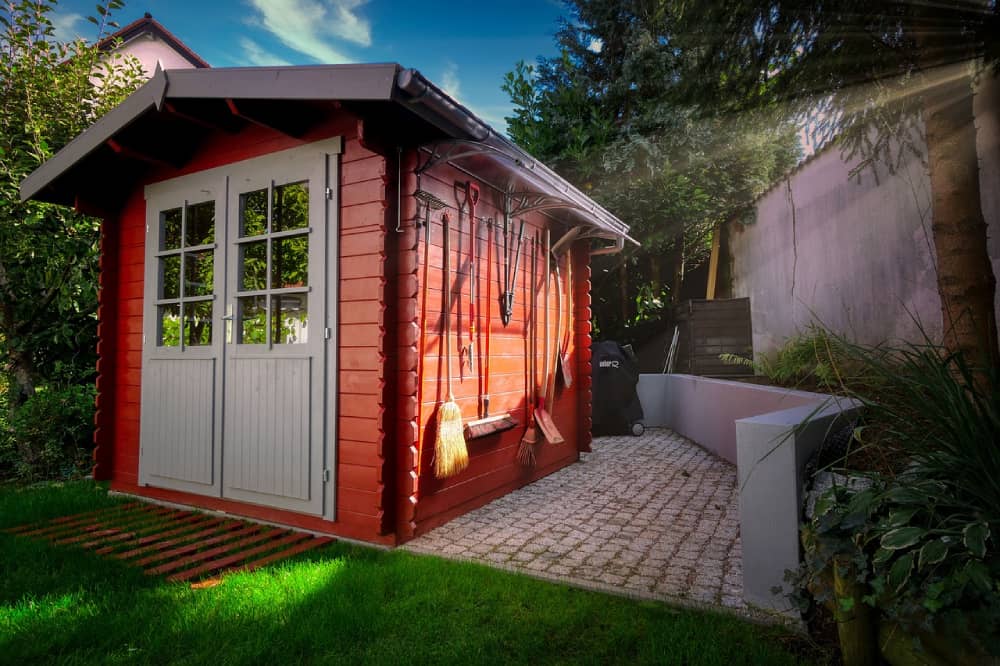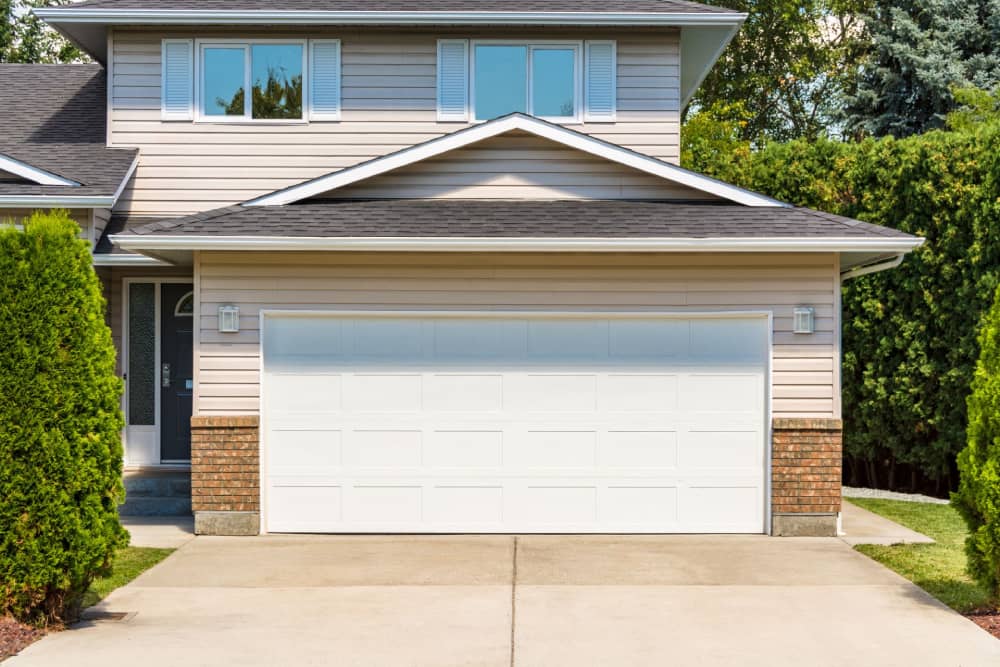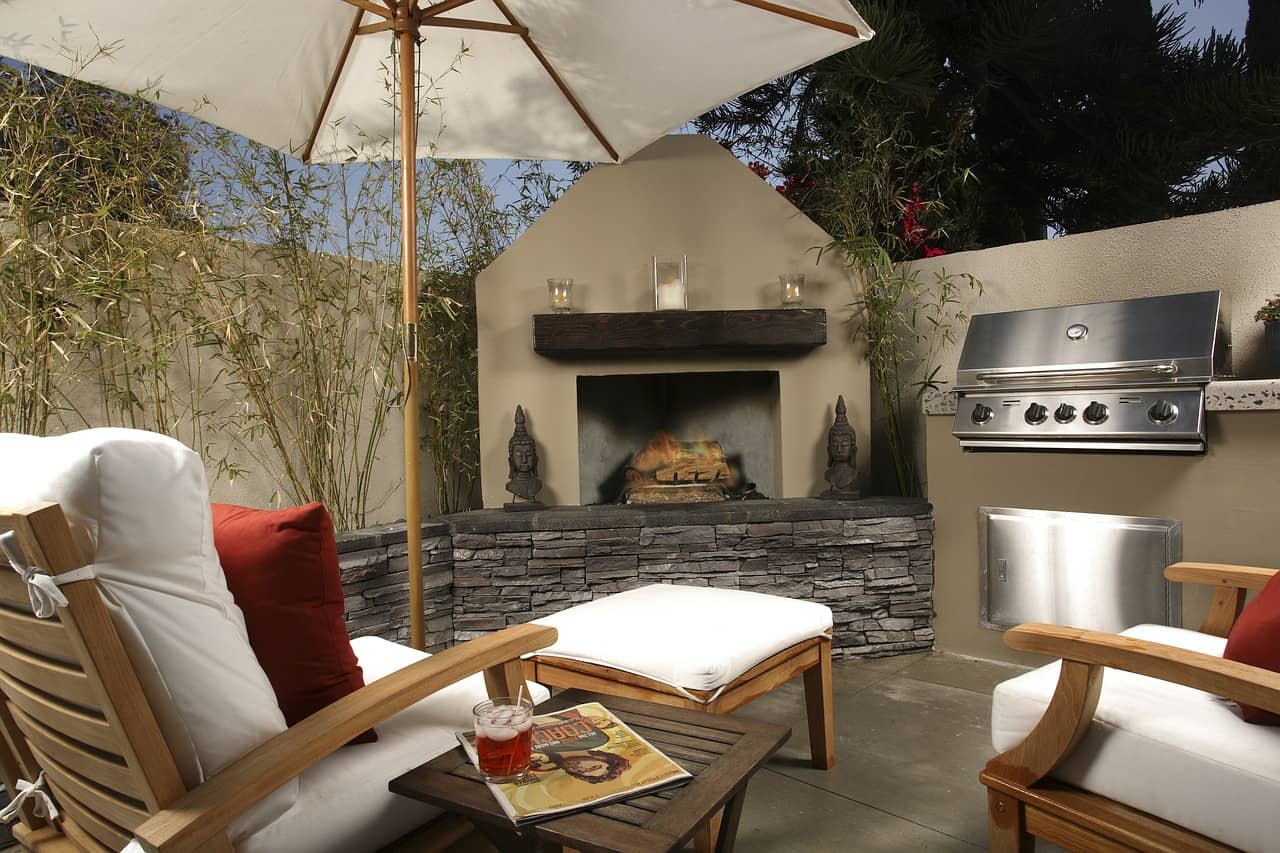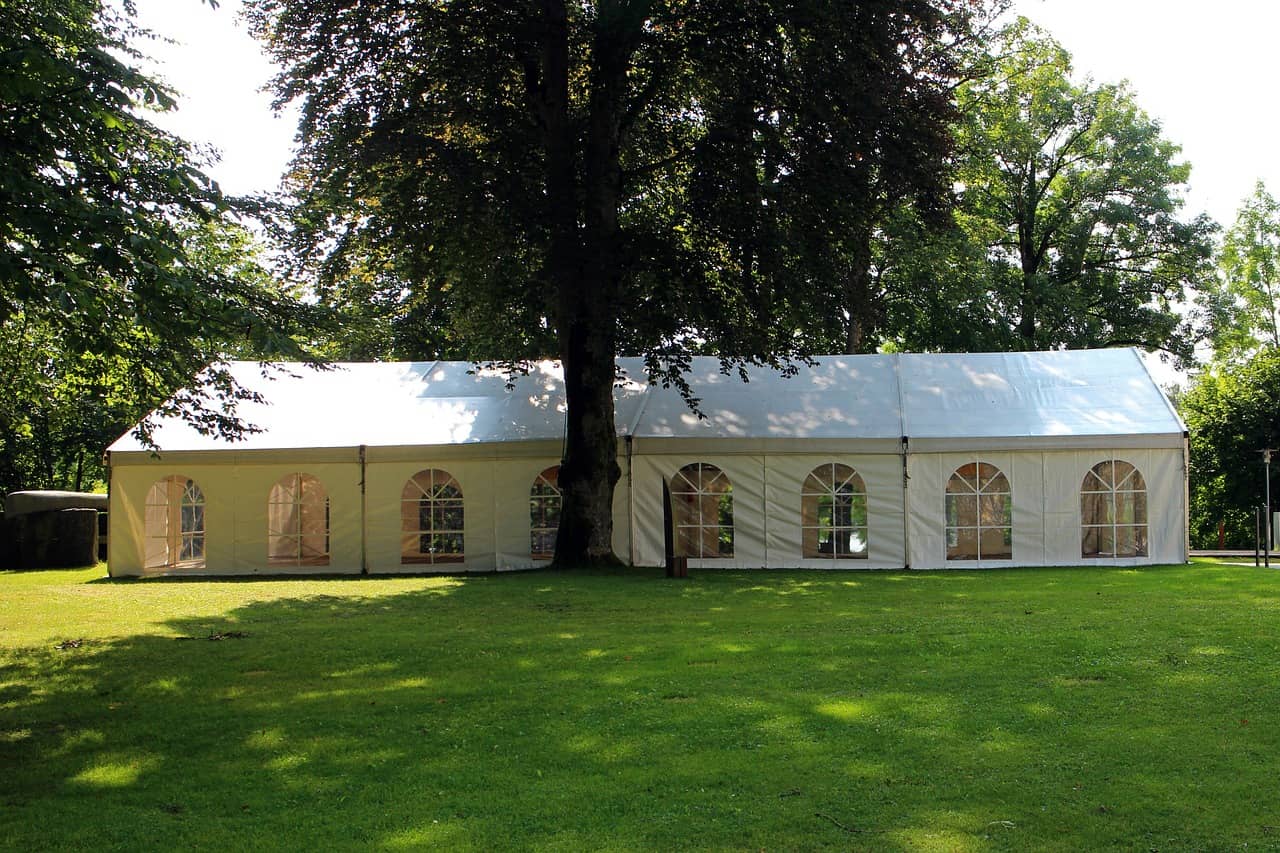Tell a dog you’re going for a walk and see just how excited they get. For domesticated animals, they’re pretty outgoing and would pounce at any chance to go outdoors. Whether it’s the dog park, a walk around the neighborhood, or simply going out in the yard, they always have a ton of fun.
Sometimes, it can be challenging to always bring your dog out, especially if it’s out of your way. But it can also be a little disheartening to see your furry friend disappointed. It’d be terrific if they could just go out into the backyard and get some sun and fresh air on their own. But it isn’t always possible, especially if your backyard hasn’t been dog-proofed.
Without a fence, your dog might run away and get lost. And without a lawn, they’ll end up muddy, and they might even bring the dirt into your home. Fences are easy to build, and there are also ones made specifically for dogs. However, grass can be hard to grow and dogs might also dig up the lawn in the end. A foolproof way to get that lawn minus the disadvantages is to get fake grass for dogs installed. To get it done, here are some tips that could help you out:
1. Get It Professionally Installed

When it comes to home projects you’re not familiar with, it’s best to hire a professional to do it. These contractors will be familiar with the tools and materials needed to install the artificial grass correctly. They also know the entire process, which means they could finish the installation quickly while avoiding mistakes.
In comparison, doing it yourself is risky because you first have to research how to do it, get the tools, and try to install the artificial grass for the first time. This means it’ll be more time-consuming and difficult. You also run the risk of wasting money by misusing the materials and tools.
So, to avoid any mishaps and ensure it’s done right, just get an expert in. You could also have them survey the yard beforehand to suggest to you some designs and landscaping that might look good for your area.
2. Look Into The Different Types
There are different kinds of fake grass to choose from. And depending on what you want to achieve and how you want to use it, picking the right type is an important step. Here are some types of artificial grass you could choose and which ones are great for dogs:
A.Nylon
If you’re looking for a long-lasting and durable type, nylon artificial grass might just be what you need. Because of its high quality, it’s fair to expect a higher price point. But because it’s safe for pets and children, some have considered this worth the extra costs.
Part of its durability is it can resist UV light and high temperatures. So, if you live in a place that typically gets high temperatures, you won’t have to worry about your turf melting or getting damaged.
B. Polyethylene
Although polyethylene isn’t as UV-resistant as nylon, it can still avoid severe damage from high temperatures. For a more affordable option, it’s impressive how it looks similar to nylon grass. But as you can expect, it just isn’t as durable.
This type of fake grass is excellent for covering your lawn and sprucing up spots that might look a little worn down. However, this might not be a great choice for dogs because they can get damaged if they play rough and dig around.
C. Polypropylene
This is the most affordable option among the three types, but it’s also less durable than the others. If you live in a hot and sunny area, this is a good option because it has UV-resistant properties.
However, in terms of durability, it’s not as reliable as nylon or polyethylene. This is good for play areas because it’s far cheaper to replace once it’s been damaged. But this also means it gets damaged quickly.
3. Plan Out How You’ll Be Installing
The installation process can be tedious, so you have to plan out the schedule. You could print out a project plan to help you sort out the process and make sure you finish everything on time.
Part of the installation is also ordering all the materials you’ll be needing. Start with gathering the items you need below:
- Artificial grass
- Knife
- Joining adhesive
- Water hose
- Carpet stretcher
- Broom
- Spray paint or chalk
- Plate compactor
- Rake
- Tape measure
- Shovel
- Hammer
- Pick
- Wheelbarrow
- Sod cutter
4. Think About Where Your Dog Likes To Dig
Part of planning your installation is knowing where your dog likes to dig. Mark these spots out so you could avoid placing any seams in those parts. The seams will be the weakest part of the artificial grass, so it’s essential to keep your dog away from those spots. Otherwise, the entire lawn could get torn off if your dog gets their teeth and paws on them.
5. Take Measurements Carefully

Another vital part of the installation is taking measurements. Do this carefully and accurately to make sure you order the right amount of artificial grass. It also helps to add an allowance of one inch when cutting the fake grass, just in case you make some mistakes. Mark the measurements on your lawn using chalk or spray paint. Do the same for the artificial grass to ensure you’re sure with the shape and size to cut out.
6. Look For Step By Step Tutorials
It’s essential to see visual tutorials on how to do this because some instructions can be confusing. Thankfully, there are different kinds of videos online that could help you out. But remember to adjust these processes to your specific needs mainly because you have your own measurements to follow.
7. Secure The Drainage
If your yard tends to flood up, it’s crucial to get drainage installed first because any pools of water could ruin the artificial grass or the adhesive used to secure the installation. Hire a plumber to survey the area so they could find a way to drain water away from your lawn. You could also talk to them about your plans to install artificial grass. This way, they’ll adjust the repairs and drainage to your specific needs.
8. Prepare The Lawn
Some prepping has to be done weeks before such as killing weeds. And if you’ll be doing it on your own or with some helpers, it’s important to get the schedule down to avoid wasting any time.
The topsoil also has to be removed, and the sub-soil and sharp sand have to be applied. Then, water will be needed to compress it and make sure it’s concrete and able to support the weight. You could use the plate compactor to help you apply as much pressure as needed. Then, the lawn has to be leveled out, so make adjustments by adding more sub-soil or taking some away. Either way, it’s important to ensure there’s no loose soil.
9. Don’t Rush Things

Take your time when installing because it’s more difficult to repair any mistakes you make. Mark out the shape and measurements carefully, then draw it out on the fake grass. Double-check the measurements and the size so that you can be sure it’s correct. Take your time and be careful as you cut out the pieces.
When you’ve finally cut the pieces, roll them back in. Place the piece where you’ll be installing them, and make sure you don’t move them around too much because they can loosen up the surface you just compressed. Then, you could start stretching the grass to make sure there are no wrinkles.
Start securing pieces by stitching them together slowly. Use the adhesive and tape for the edges and where the end pieces meet. Don’t forget to apply something heavy on these spots to keep them as flat as possible. Then, you could use nails in the proper intervals to make sure they’re fastened to the ground, but don’t ruin the surface either.
10. Do Some Final Trimming
Finally, you want to keep everything looking neat, so you could do some trimming if there are extra pieces. You could also trim the grass if it’s uneven in some parts. If you have a garden, you could clean it up to match the trim and neat look of the artificial turf.
Don’t forget to maintain it by checking whether the surface underneath the artificial grass is filled or leveled. If not, you could use infills to ensure that the underside is filled up and secure enough to keep the synthetic grass in position.
Conclusion
Fake grass is excellent for dogs because it gives them a space to run around. At the same time, it helps keep them clean because they can’t dig it up like natural grass. Artificial turf is fantastic because you won’t have to worry about too much maintenance. Besides, it looks great no matter what season it is, and you won’t have to wonder if it’s overgrown or not.















